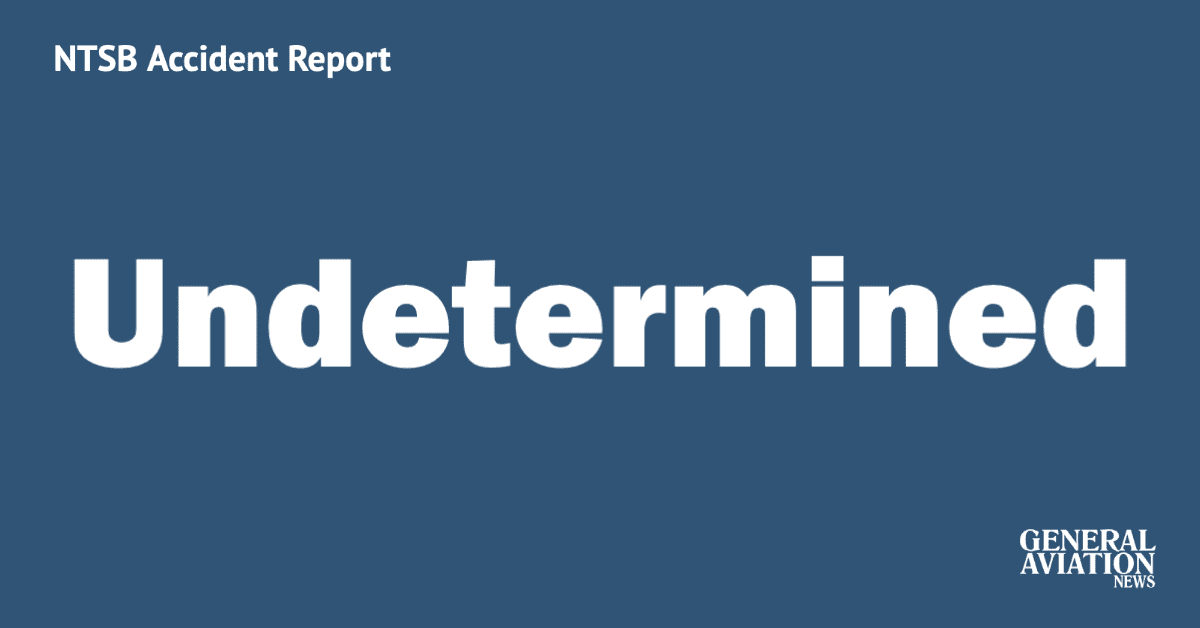Probable cause: The inability of the pilot of the Piper and the student pilot and flight instructor of the Diamond to see and avoid the other airplane. Contributing to the collision was the Piper pilot’s failure to use the correct common traffic advisory frequency to announce his airplane’s position.
aviation accidents
Plane hits two cars during forced landing
Probable cause: Fatigue failure of the No. 1 cylinder intake valve, which resulted in the loss of engine power.
Forced landing follows accumulation of carb ice before takeoff
Probable cause: The accumulation of carburetor ice before takeoff, which resulted in a partial loss of engine power on initial climb and a forced landing on unsuitable terrain.
Total loss of engine power leads to forced landing
Probable cause: The total loss of engine power for reasons that could not be determined based on the available evidence.
Missing plug leads to forced landing
Probable cause: A fuel leak from the carburetor float bowl due to a missing plug, which resulted in excessive fuel consumption and a total loss of engine power due to fuel exhaustion. Contributing to the accident was the pilot’s decision to depart on the accident flight leg after noting the airplane’s unexpectedly high fuel consumption during the previous leg.
Hand propping Cirrus SR22 goes awry
Probable cause: The pilot’s improper hand propping procedure, which resulted in a runaway airplane and subsequent impact with a hangar.
Improper fuel management starts fatal chain of events
Probable cause: The pilot’s improper fuel management, which resulted in a total loss of right engine power due to fuel starvation; the pilot’s inadequate flight planning; the pilot’s failure to secure the right engine following the loss of power; and his failure to properly configure the airplane for the go-around, which resulted in the airplane’s failure to climb, an exceedance of the critical angle of attack, and an aerodynamic stall.
Fractured exhaust valve leads to Cessna 152 flipping during forced landing
Probable cause: The partial loss of engine power due to a fractured exhaust valve, which resulted in a forced landing on unsuitable terrain and a subsequent rollover.
Pilot misunderstands how long plane can fly with full fuel
Probable cause: The pilot’s improper preflight fuel planning and in-flight fuel management, which resulted in fuel exhaustion and the total loss of engine power.








